Click here to listen.
TRANSCRIPT:
- Meet Dr. Cynthia Li (5:08)
- Her personal health story: 15 years ago, Cynthia developed postpartum thyroiditis after the birth of her first child and swung between hypothyroid and hyperthyroid symptoms. Her numbers normalized within a year, but symptoms persisted, including insomnia, fatigue, and heart palpitations. However, she was able to function and maintain a busy home, work, and travel life. 2 years later, she experienced severe and rapid onset of chronic fatigue syndrome and dysautonomia, two health conditions she didn’t believe existed until experiencing them herself.
- Trained as a conventional MD in Internal Medicine, her health crisis also led to an existential crisis, where she questioned the way she had been practicing medicine. Internists are supposed to be experts in chronic health conditions, yet she was unable to help herself, nor were her colleagues able to heal her. It took 2 years at rock bottom to open her up to treatment options beyond conventional medicine. Now, in her medical practice, she combines the best that both conventional and functional medicine offer.
- In her new memoir, Brave New Medicine, she writes about her 10-year journey back to health as well as her professional transformation.
- You can also listen to my prior interview with Cynthia in Episode 67: Building Effective Doctor-Patient Relationships.
- Defining Resilience (10:12)
- An inner flexibility rather than an outer toughness.
- The capacity to bounce back from life’s hardships.
- The ability to adapt to life’s changing circumstances while maintaining your core purpose and integrity.
- Cynthia was very sensitive as a child, and she learned quickly to “toughen up”. She formed a protective shell that served her short-term, but not long-term. She learned that shells crack, and they also cut us off from the world. Shells are the opposite of resilience.
- Physiology of Resilience (12:38)
- Resilient systems have feedback loops designed to keep things in balance. The human body is no exception.
- For example, if a particular hormone becomes too high in your bloodstream, a signal is sent to the brain. The brain then sends a message to the appropriate organ, telling it to produce less of that hormone. These types of feedback loops are present throughout the body.
- Stress is anything that pulls this system out of balance. It activates the fight/flight response to deal with the “threat.” But a resilient body can quickly restore balance and return to the rest/digest state. This second state is where our body is meant to be most of the time. It’s responsible for healing, digestion, growth, libido, etc. Chronic stress interferes with this ability to move back and forth between fight/flight and rest/digest. Instead, the body gets stuck in fight/flight, and health problems start to occur.
- All systems of the body are interconnected (hormones, digestion, neurological, immune, etc.) So, if one system gets pulled out of balance, all systems get pulled out of balance as they try to compensate.
- Gut health is foundational to all health, and it’s a great place to begin when addressing health issues and restoring the body’s resilience.
- There’s a very close connection between stress and the immune system. Sometimes it causes immunosuppression, but other times it causes overstimulation – autoimmune activity.
- Not All Stress Is Bad (22:44)
- We cannot build resilience without stress. So, we want to push ourselves out of our comfort zone. This is a growth mindset and considered “good stress“.
- There’s a state beyond comfort/discomfort, and it’s called flow. This is a healing state found when we push past discomfort and release the blocked energy that discomfort represents. Start with a small discomfort, and experiment with choosing that experience intentionally and seeing how you feel after you’ve done it.
- “Tolerable stress” is part of the human experience. These are the challenges in life that we wouldn’t choose – like the death of a loved one or a toxic boss. But we cannot live our lives without encountering these challenges. When we draw upon our resources to endure life’s ups and downs, we are also building resilience.
- “Toxic stress” is any experience that is too intense and pervasive and leaves us feeling overwhelmed, disrupting our lives long-term. Chronic illness falls into this category. It’s a stressor itself.
- Tips for Building Physical Resilience (28:25)
- Functional Medicine treats the root cause of disease. There are 5 common triggers of illness: allergens, infections, toxins, stress, and poor diet. Addressing these reduces the stress load on the body.
- There are also 7 ingredients for optimal health: real food, hormone balance, pleasure, exercise, sleep, clean environment, and community/purpose. Strengthening these builds resilience.
- Diversity and flexibility are key factors in resilience. Anytime we break out of our routines and try something new, we are building resilience and rewiring our brains in a positive way. Try new foods, new activities, new forms of exercise, new interactions. Even small changes can have a big impact. The next time you walk or drive, take a different route. Rearrange the furniture in one room in your house, or change the art on the walls. Try a new recipe. Experiment with eating or writing with your non-dominant hand.
- When Cynthia was at her worst, she started by visualizing new experiences. Imagination is powerful for rewiring the brain.
- Resource podcast: Ep. 104 DNRS – Neuroplasticity.
- Thank You to Our Podcast Sponsor: ShopAIP (34:21)
- I’ve also worked with ShopAIP to create a Phoenix Helix Bundle, which contains some of my favorite AIP pantry items: KC Natural No Tomato Pasta Sauce, Wild Zora Mediterranean Lamb Bar, Real Salt, Primal Palate Breakfast Spice Blend, Epic Bone Broth, Aroy-D Coconut Milk, Paleo Angel Vanilla Power Balls, and Sweetpotato Awesome. It’s all packaged together in one box, ships free within the US, and is discounted 5% off retail!
- An online store, where everything sold is compliant with the elimination-phase of the Paleo Autoimmune Protocol. ShopAIP sells a wide variety of products, including protein bars, AIP-friendly spice blends, cooking and baking ingredients, snacks, non-toxic skincare, and more.
- If you’re a first-time customer, use the code PHOENIX for 10% off your order. Purchase here.
- Mental & Emotional Resilience (36:04)
- Resilience is actually a common human trait. Following trauma, the rates of resilience are higher than the rates of PTSD.
- Characteristics of Resilience:
- Resourcefulness – expressed through grit, gratitude, and confidence.
- Self-Regulation – expressed through calm, motivation, and intimacy.
- Capacity to Relate – expressed through courage, aspiration, and generosity.
- Resource Book: Resilient by Dr. Rick Hanson.
- Grief & Resilience (38:48)
- Cynthia herself didn’t have the resilient characteristics listed above. When she was in the depths of her illness, she felt small, overwhelmed, and irritated by her husband’s robust, naturally resilient nature. She wasn’t able to will herself to develop those characteristics either. Instead, she developed them as a side effect of processing grief and shame. She was so deeply tired that she no longer had the energy to keep those emotions locked away any more. As she started to let those go, hope started to fill that new space within her. Resilience followed.
- Techniques that helped her were grief rituals outlined in the resource books below.
- She also started journaling – both in the morning and at bedtime. She used the Artist’s Way for inspiration in the morning, and she kept a “noticing” journal at night. She would review her day in as minute detail as possible and list 3 things she noticed. At this point in her health, she didn’t yet have the capacity for gratitude. Her noticing practice trained her brain to start paying attention to things outside of herself, and it planted the seeds for gratitude to grow.
- Resources:
- The Wild Edge of Sorrow by Francis Weller.
- Wild Mind by Bill Plotkin.
- Podcast Ep. 89 – Grief and Autoimmune Disease.
- Spiritual Resilience (50:03)
- Cynthia defines spirituality as any connection to something outside of yourself. For some people, it will be religion. For others it might be a connection to the sacred, the mysterious, or even just life’s ordinary magic.
- Spiritual resilience also involves a feeling of purpose. For Cynthia, when her health was at its worst, this feeling started with a belief that she was worthy no matter what.
- Mindfulness meditation is one of the best ways to build spiritual resilience. Research shows that it decreases limbic system activation in the brain (the gateway to acute stress and anxiety) and increases prefontal cortex activation (the area of the brain that gives you a sense of agency over your life, but also a connection to something beyond yourself). You don’t need to be an expert to receive these benefits. Research also shows these benefits for beginners.
- Cynthia didn’t enjoy sitting meditation, so she chose to practice Qigong, a form of moving meditation. She continues to practice it to this day.
- Resource Podcasts:
- Orchid & Dandelion Genes (58:40)
- These are variations in the dopamine and seratonin genes that can either increase or decrease stress reactivity. Those with increased reactivity are called “orchid children” and those with decreased reactivity are called “dandelion children.”
- Early research showed that orchid children were more sensitive to their environments, so if they encountered difficulties young, they were more likely to develop anxiety, depression, and delinquency as teenagers and adults. Dandelion children, on the other hand, seemed to thrive regardless of their environment.
- But later research showed that orchid children are equally sensitive to positive inputs as negative. So, when raised in a nurturing, supportive environment, they thrive and develop a resilience that exceeds the natural resilience of dandelion children.
- Cynthia identifies as an orchid child, but she doesn’t see it as a negative. Genes are strongly impacted by the environment. Orchid children are often canaries in the coalmine, alerting us to problems that need to be addressed.
- The first step for anyone who identifies as an orchid child is to give yourself permission to receive. Support can come in the form of counseling, medication, friendship, pet therapy, and anything that feels nourishing.
- Being in nature is beneficial to everyone, but especially orchid children. Make it a full sensory experience – take off your shoes and tune into your senses: look, touch, smell, and listen.
- Resources:
- Article: On the Trail of the Orchid Child.
- Podcast: Ep. 74 – Highly Sensitive People.
- Outro (1:07:22)
- You can keep up with Dr. Cynthia Li and her work through her website and social media. Her book, Brave New Medicine releases 9/1/19 and is available now through Amazon and will soon be in bookstores nationwide.
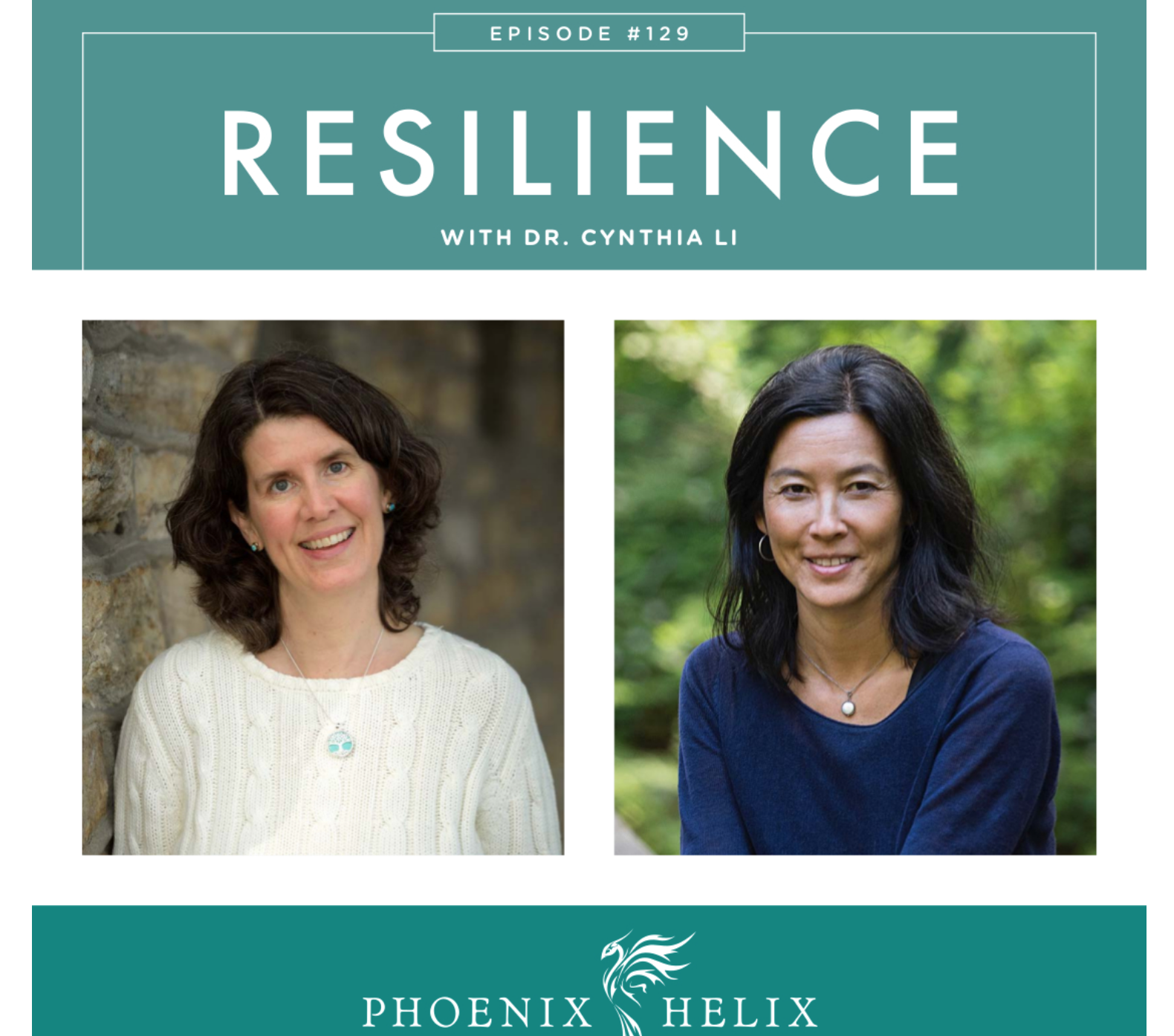
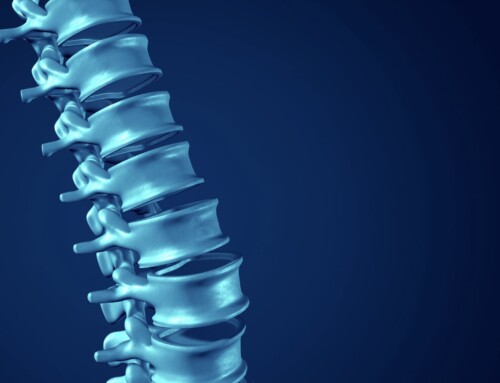
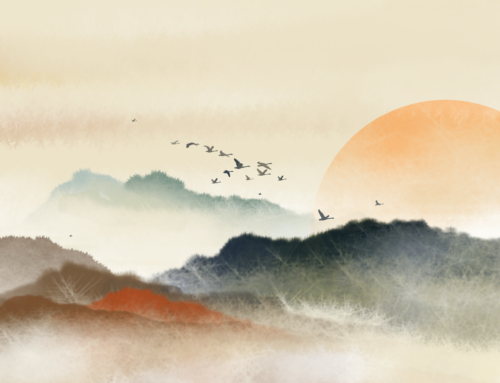
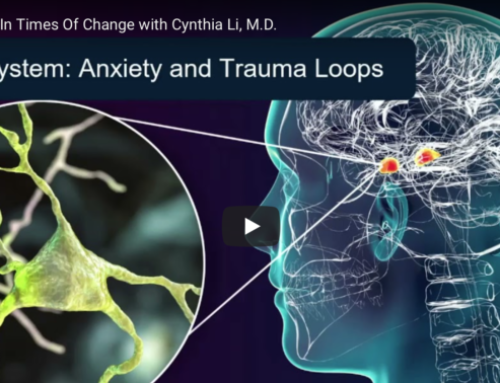
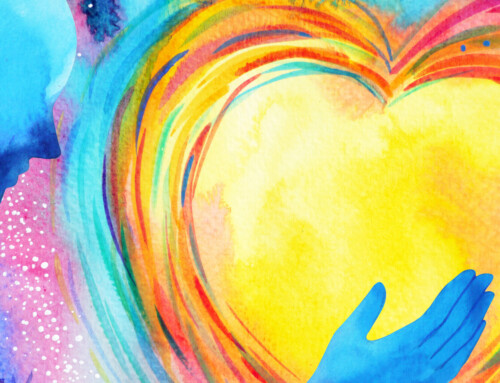
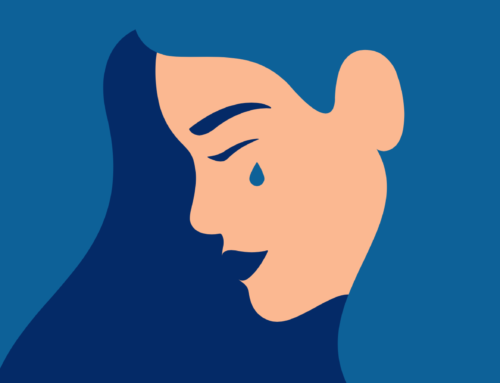
Leave A Comment